In this blog post I would like to share book ideas for making a diverse classroom library with authentic sources. When taking information I learned from Roxanne Harde’s article “Putting First Nations Texts at the Center” and from class, I plan to take the following points into consideration when choosing authentic sources for my classroom library:
Who is writing the story? For example if you’re reading an Indigenous story is the author Indigenous?
Similar to the above, which perspective is the book coming from, if it’s a white person telling an Indigenous story it is likely not appropriate to use as it does not represent the group in an accurate manner coming from a white perspective.
In what way are individuals from different groups (BIPOC, 2SLGBTQIA+, and others) represented in the story?
When was the book written? If the story was written a long time ago it may not be the best representation of individuals from these minority groups.
Has the author or book faced any controversial issues for example Dr. Seuss?
Rudine Sims Bishop states, “we need books in which children can find themselves and see reflections of themselves. Mirrors represents the need for children to see themselves reflected, windows as you can look through and see other worlds and the sliding glass door which allows you to enter that world.” I believe Bishop’s message that our world is becoming much more diverse and “colourful” is very powerful and important to take into consideration when building a classroom library, as every child deserves to feel represented and have a sense of belonging in the world and in the classroom.
The following are authentic stories I would be interested in having in my classroom library

“Tilly and the Crazy Eights” is by author Monique Gray Smith pictured on the left. Smith is of Cree, Lakota, and Scottish descent. This story is about a girl (Tilly) who gets invited to drive eight elders on their bucket list road trip, with the end goal being the Gathering of Nations Pow Wow in Albuquerque.

“I Hope” is also written by Monique Gray Smith. This story contains simple but powerful statements suitable for younger children (and older children), which “contain messages about loving, nurturing, and wishing the best for our children” (Smith). This looks like a beautiful story.
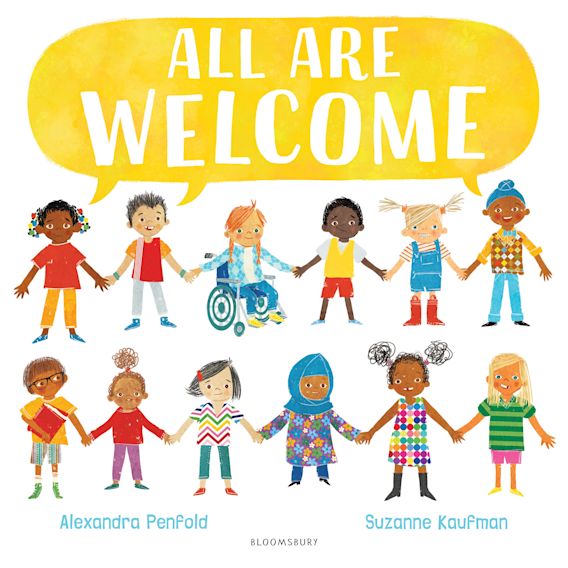
“All are Welcome” is a story by Alexandra Penfold. This story celebrates classroom diversity by showing what a welcoming, inclusive, safe, and accepting classroom environment looks like.

“When I was Eight” is by authors Christy Jordan-Fenton and Margaret Pokiak-Fenton who was Inuvialuit. This story is a more child friendly version of “Fatty Legs” which is based on the true story of Pokiak-Fenton’s own experience as a little girl who attended Residential School.
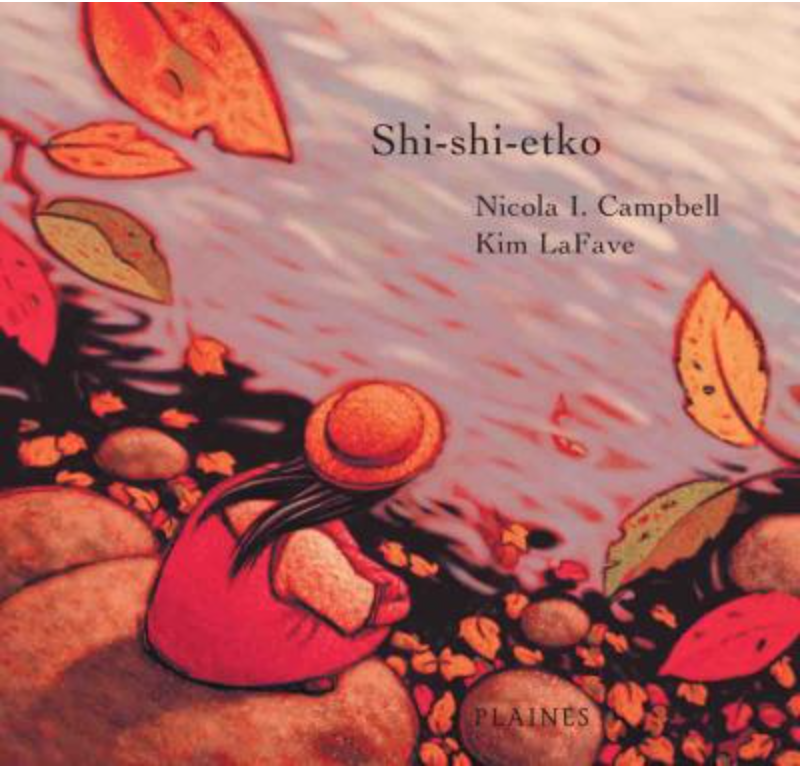
“Shi-shi-etco” is a beautiful story by Nicola I. Campbell. Campbell is a Nłeʔkepmx, Syilx, and Métis poet, author and educator. This story is about her final days before she must leave to go to Residential School.
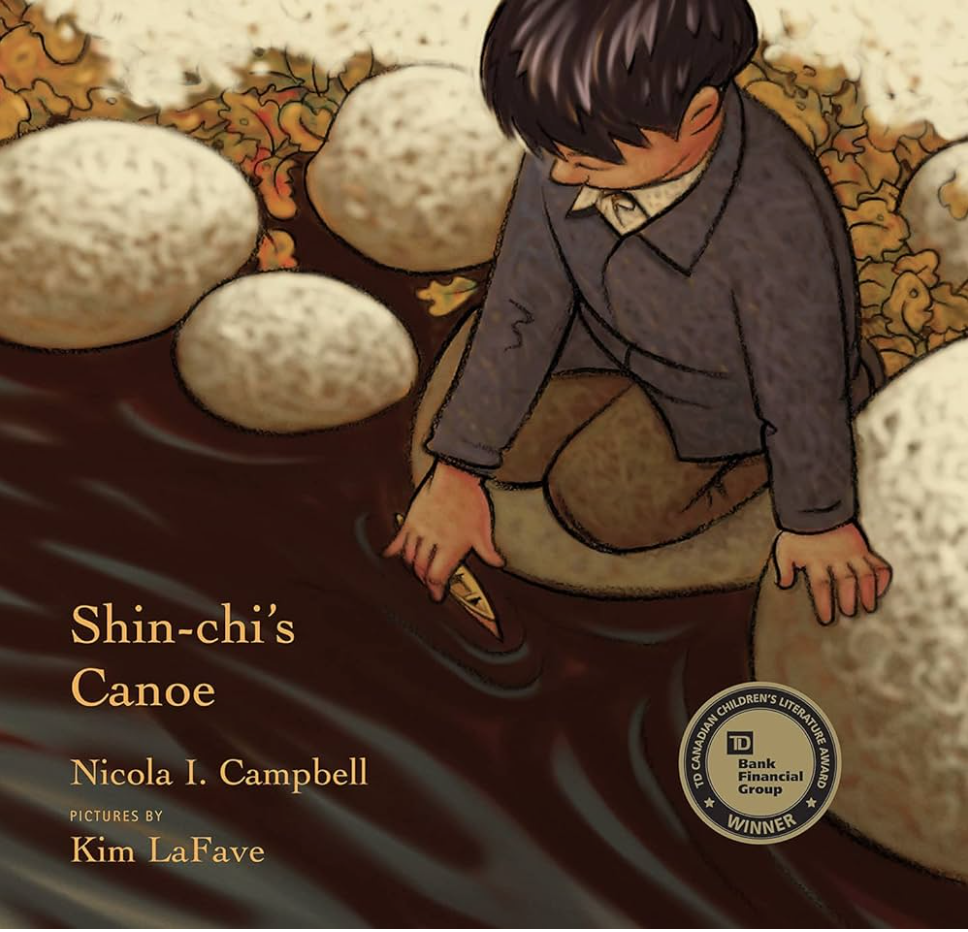
“Shin-Chi’s Canoe” is the next story after “Shi-shi-etko” written by the same author, Nicola I. Campbell. this story is about Shi-shi-etco’s younger brother Shin-Chi who is forced to go to Residential School with his sister.
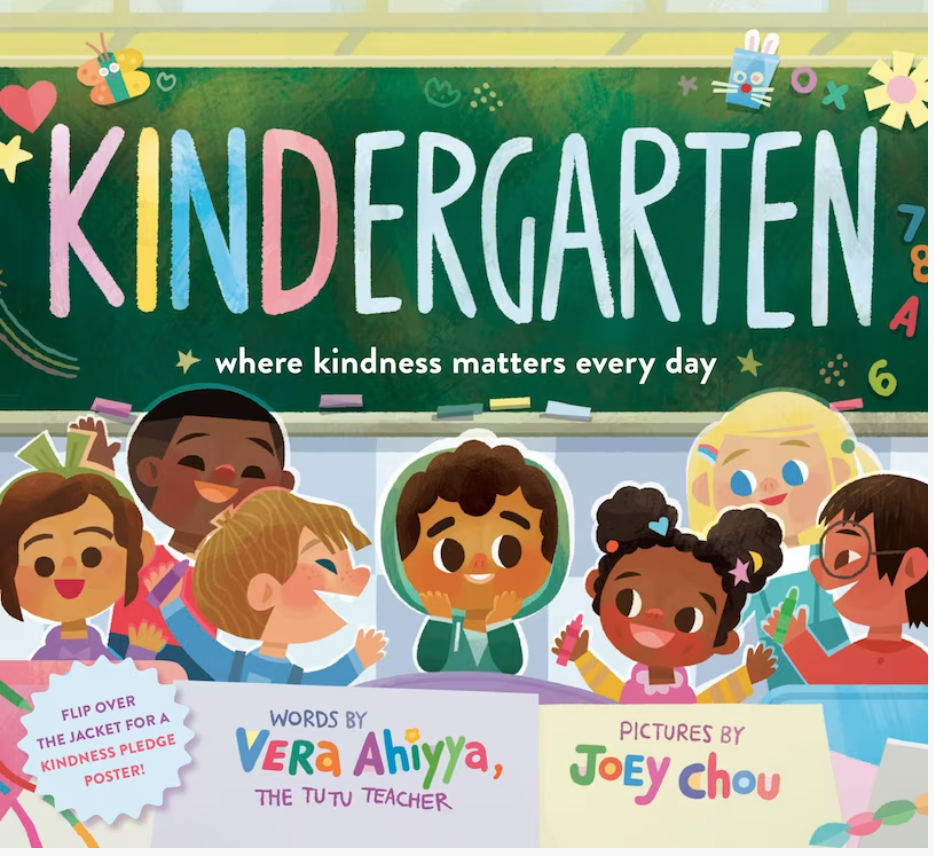
“Kindergarten: Where Kindness Matters Every Day” is written by author Vera Ahiyya who is also a Kindergarten teacher. This story is about a class of students who each provide examples of how they can make their classroom a kind place through a kindness pledge.
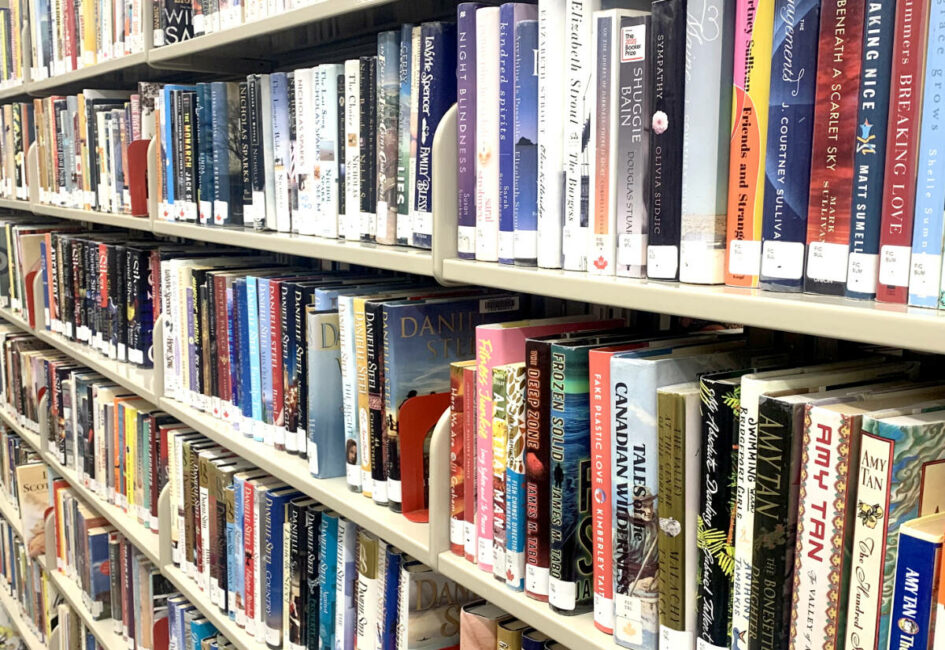
Leave a Reply